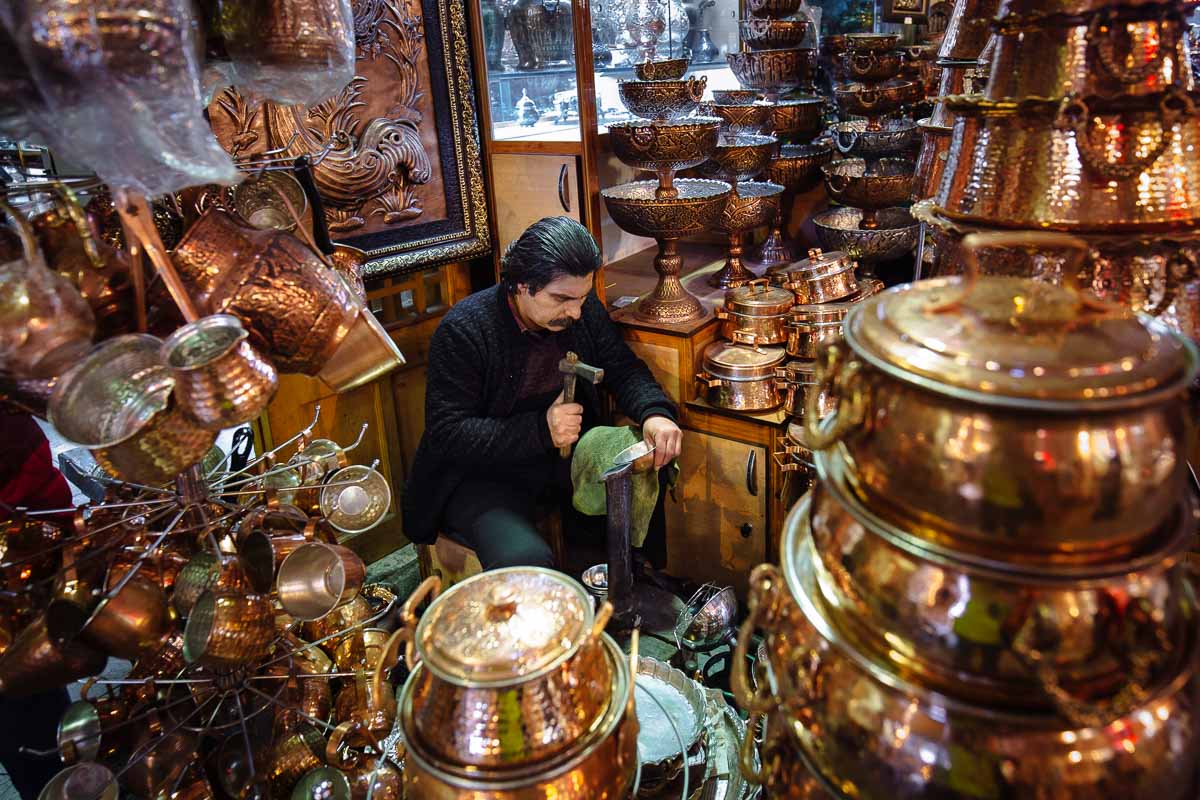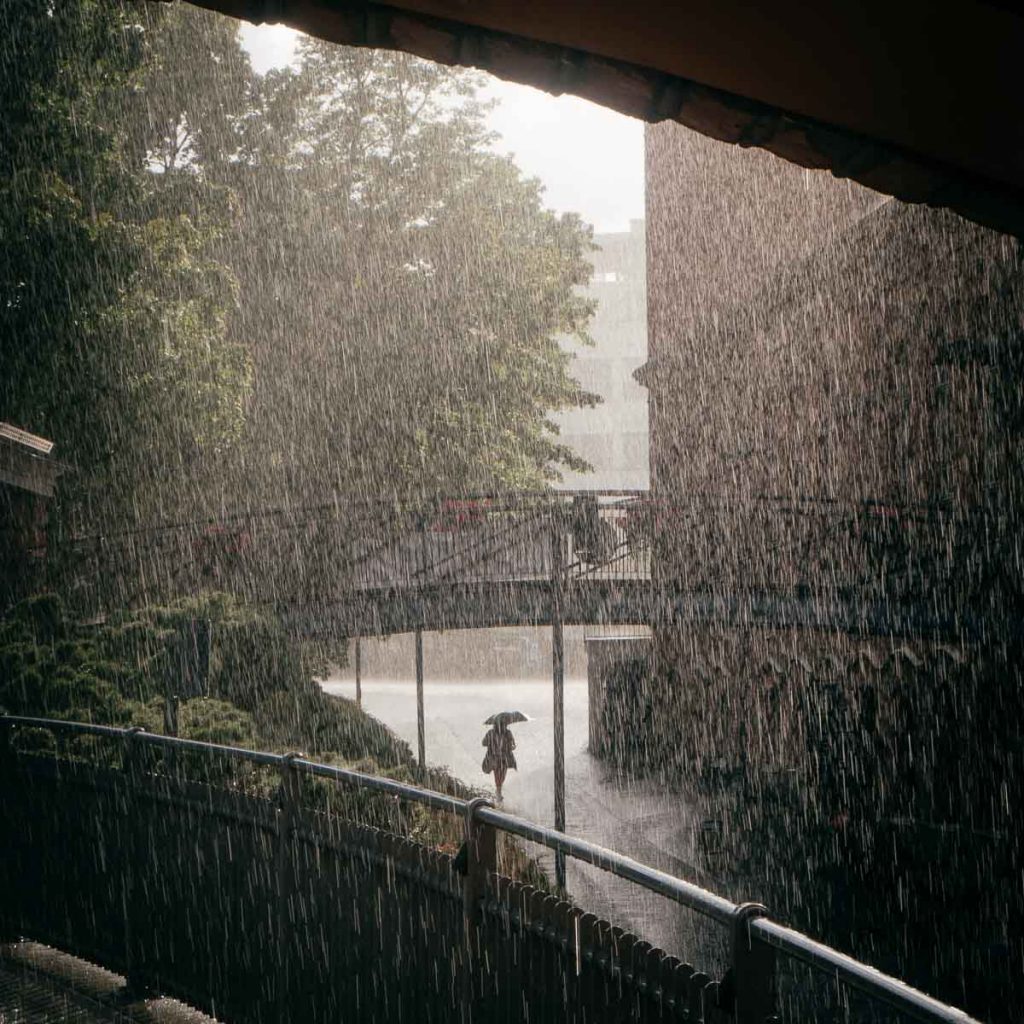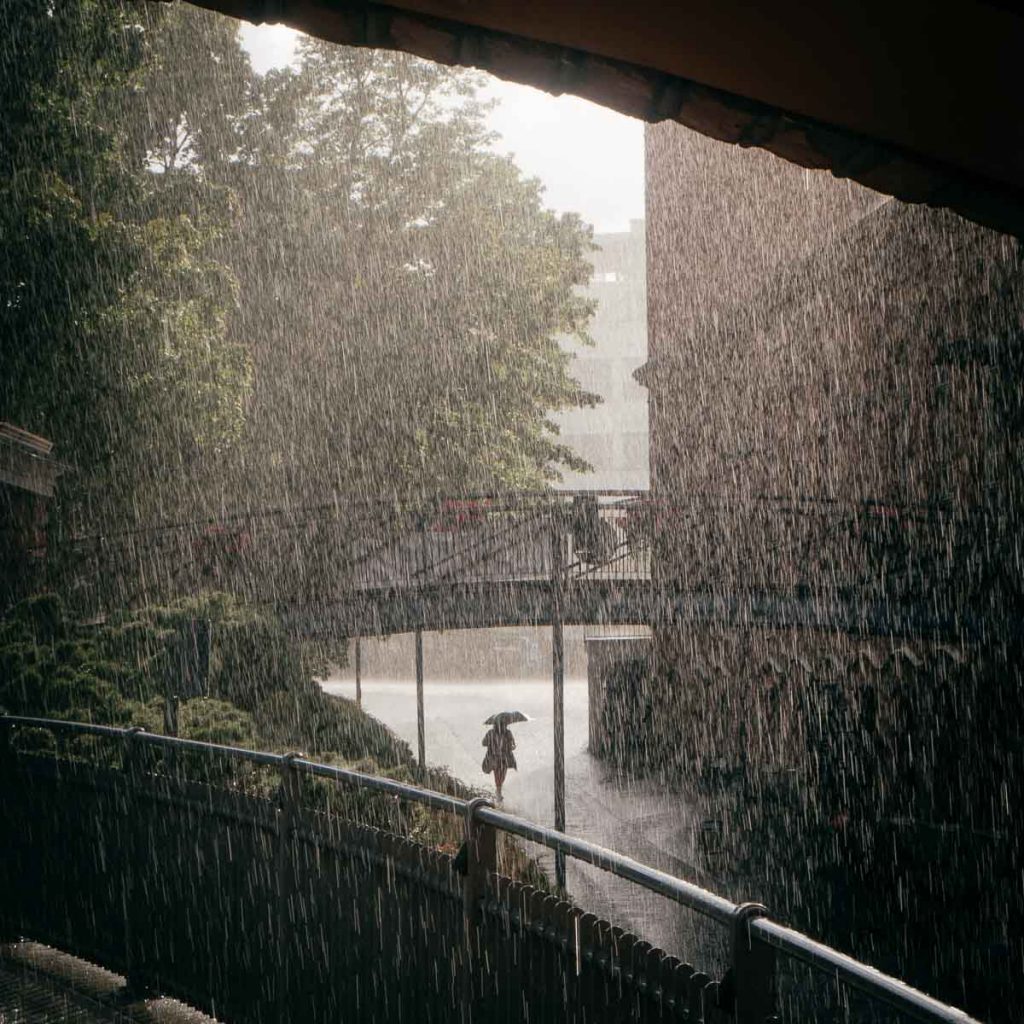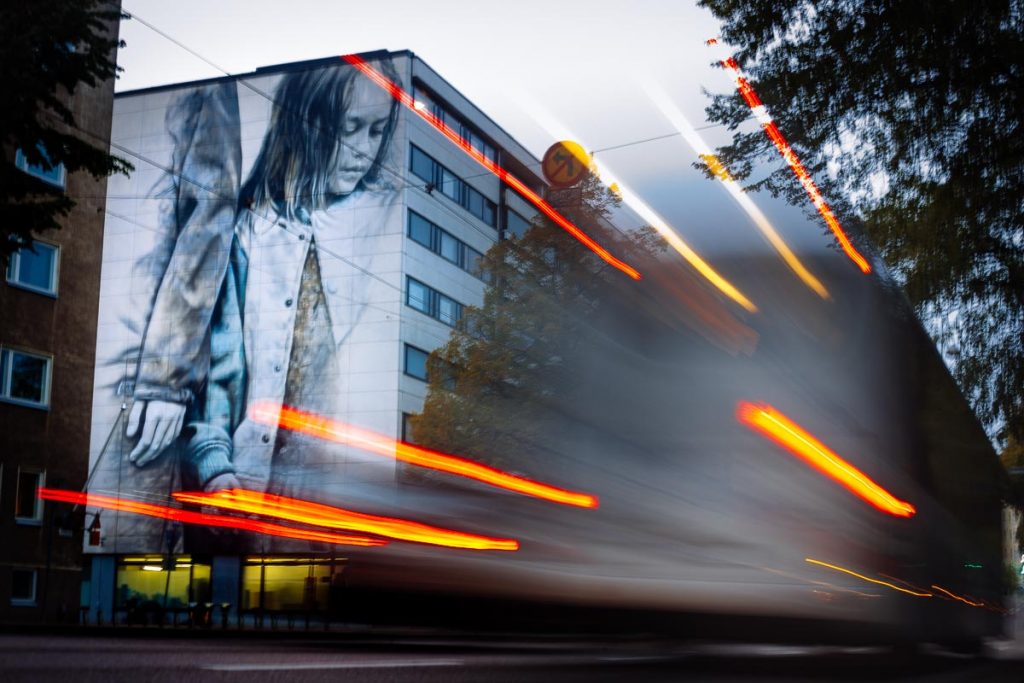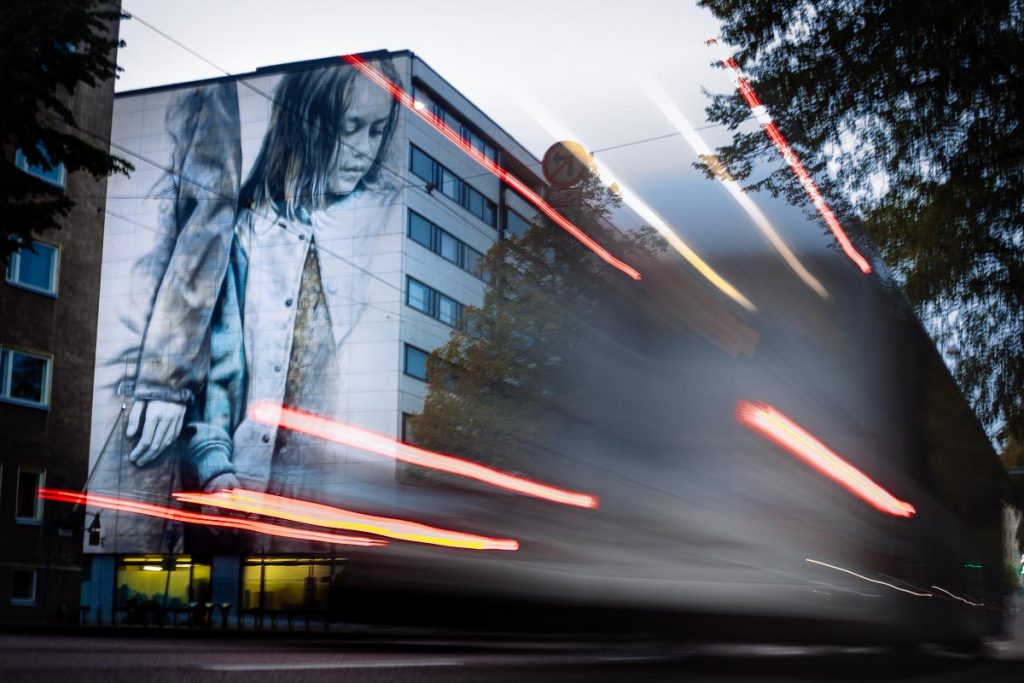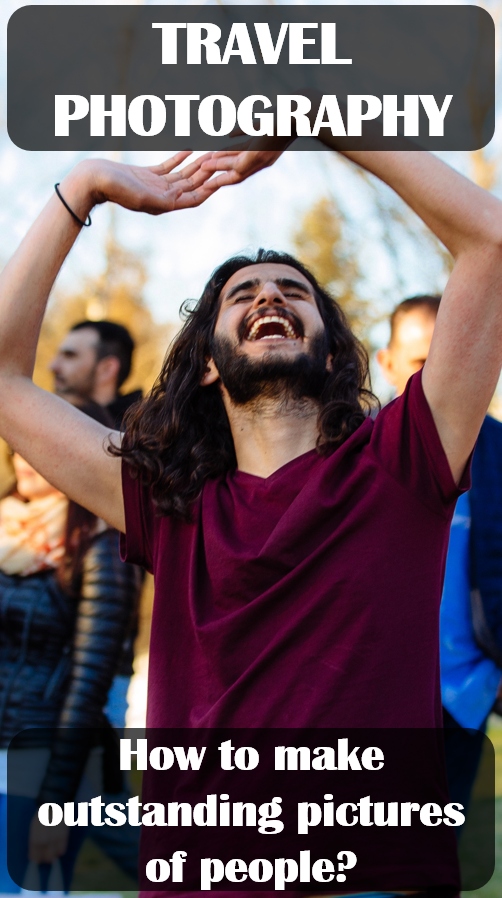You only need to understand 3 things to make your travel photography stand out! This post if for you, if you are tired of continually repeated tips like “use the rule of thirds” or “use leading lines”. Yes, they work, but in my opinion, they are out of context and therefore misleading. I recommend prioritizing other things.
In this post, I gathered 3 fundamental features, which I find most important for travel photography. Each has 3 subitems, so I would like to call it 3×3 rule. If you want your image to stand out – you have to follow at least one subitem from each.
You will find this post useful for both single travel images and for photo stories.
Only 3 things? Aren’t there more?
Well, I think these 3 are enough to point you in the right direction. Each of the items can be studied in more details. When you are familiar with 3×3 rule, you can choose what to investigate further.
Who is this post for?
First of all, beginner photographers. I would like to point you in the right direction. Instead of hundreds of photo tips, you would only concentrate on a few. Jumpstart your travel photography.
Travel bloggers. My blog posts are often shared because people like my images. To be honest, I am a better photographer than writer. I would like to make your posts get more social media shares as well.
Travel photographers. There is a good chance, you already know everything I am going to say. I recommend scrolling through, maybe you will find something new. If you feel like you have anything to add – make a comment (just keep in mind that this post focuses on essentials).
1. Learn to be unique
How many people have photographed the Eiffel Tower, symmetrically, right in the middle of the frame? If you do this, would anyone notice your photo among others?
Regular travel itineraries have been followed many times, there are thousands of similar photos on the Internet. In my opinion, a modern travel photograph has to bring a fresh, unique perspective onto a destination. You should either find a new way to photograph well-known locations or photograph lesser-known places.
1.1 Landmarks and icons, find a unique way
Famous landmarks have been photographed from all possible angles. It becomes increasingly difficult to find new ones. Nevertheless, you should give it a try.
- Find a cafeteria with a view onto landmark and picture it next to a cup of coffee and some local sweet
- Find a window facing the landmark and take a photo from inside, you can put something interesting onto the window frame
- Shoot reflection in a glass or in a puddle, possibilities are endless
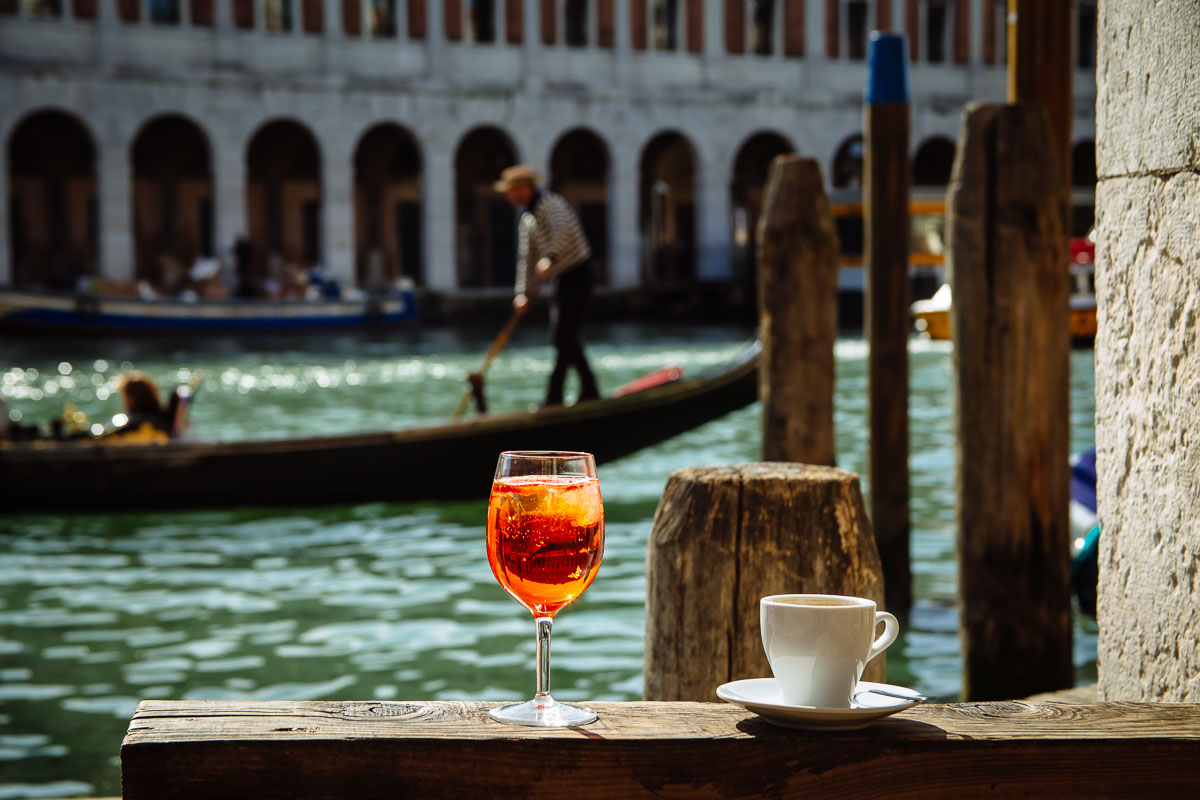
I think the easiest way to make a travel photo unique – is to incorporate people.
- Instead of avoiding groups of tourists – picture how all of them take a selfie in front of a landmark
- Photograph couples next to a landmark, they will add some warmth to the image
- Picture people at work, teenagers skateboarding, etc
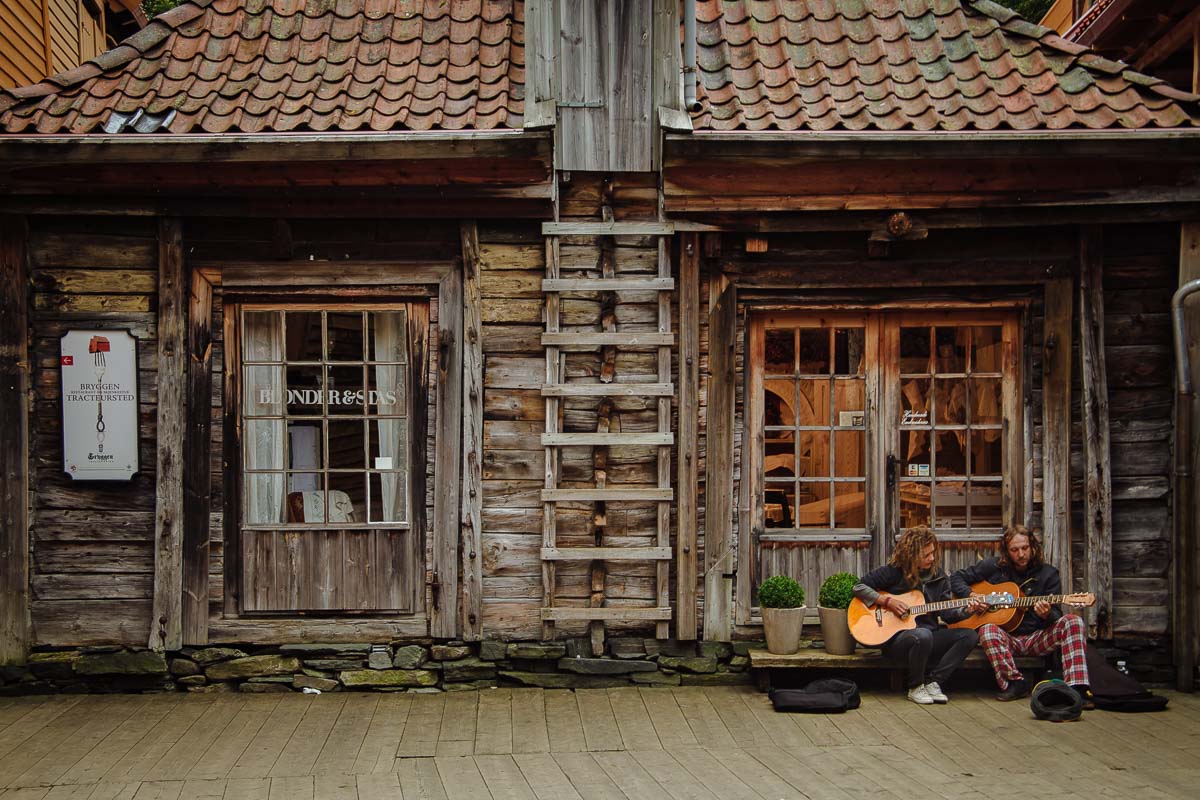
Alternatively, picture a usually crowded location empty. Go in the early morning or take multiple shots and remove people in photoshop.
1.2 Go authentic
Most of the large cosmopolitan cities nowadays look the same and so would be your photos. In travel photography, we like places that have their own identity, something that we cannot find at our home.
Travel photography means documenting what’s left of authentic, which gets increasingly rare
Nat Geo photographer
The tourist trail is growing all the time. Often, going authentic means visiting remote locations. For instance, my trip to Iran brought way more attention than a trip to any European destination. People there rarely see foreigners and have a sincere interest, everyone wants to share a part of their lives, which is so different.
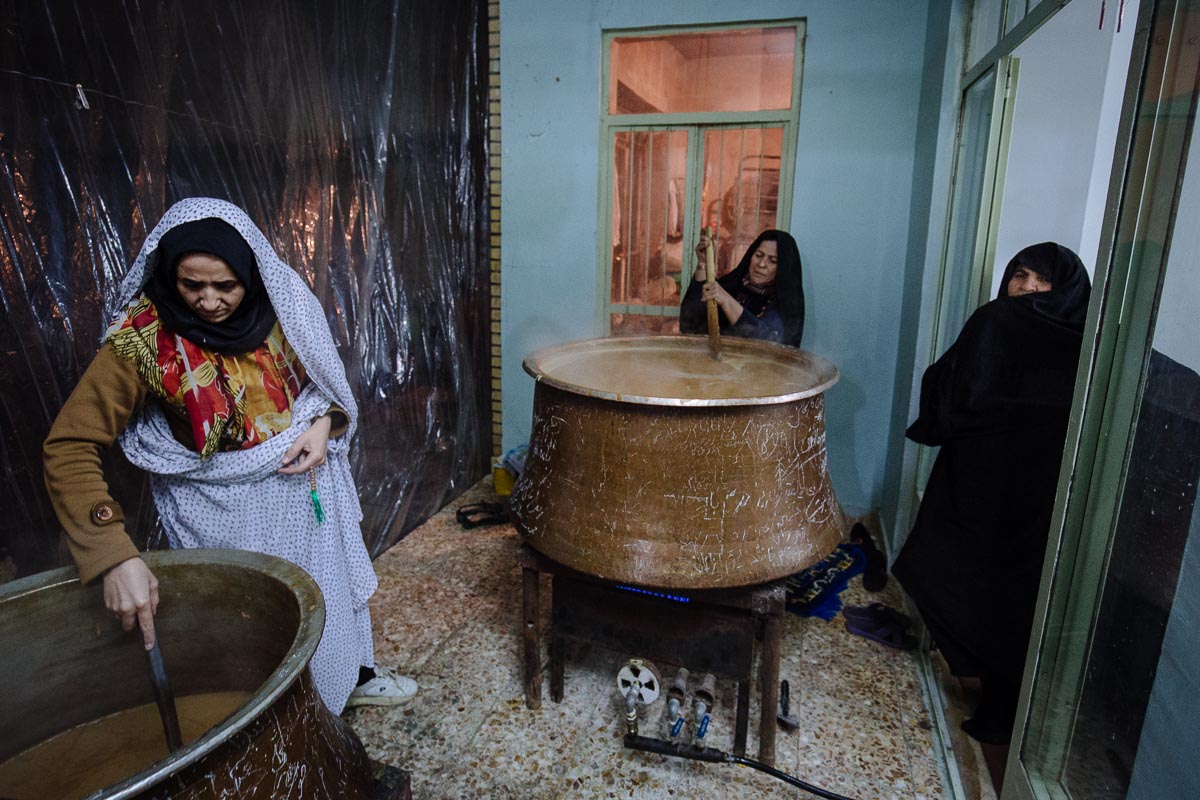
At popular travel destinations, you can look for smaller venues, outside of metropolitan centers. For instance, in Athens, I loved small design shops at Kolonaki district and didn’t meet a single tourist.
Smaller towns tend to preserve more of the local culture. Places of interest and events are easier to access for a photographer.

1.3 Incorporate travel companions
Well, obviously people photograph each other in front of a landmark. But do you go beyond that? Don’t limit yourself to cliche shots. If you travel with a companion, you have an excellent opportunity to take unique shots.
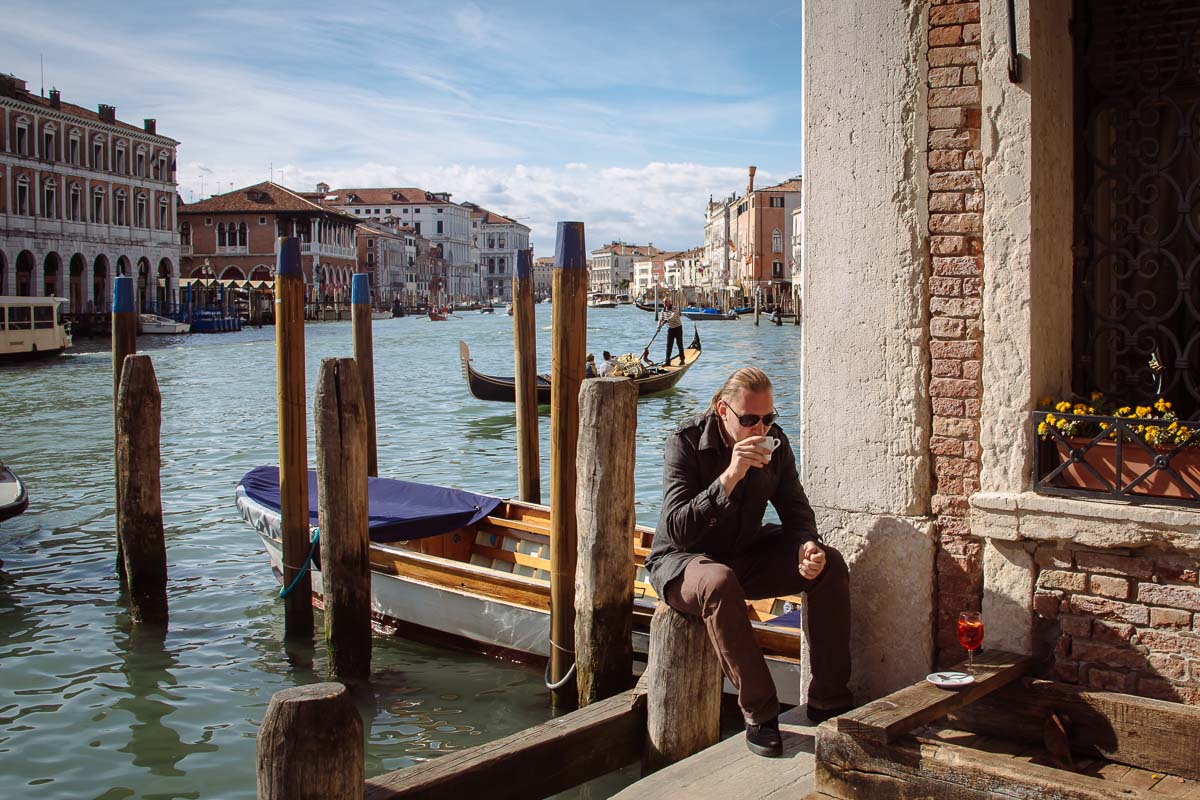
If you make a travel story or a blog post, start picturing before you start your trip. Take a picture of your companion(s) packing or planning a trip. Picture how they get into a taxi or a bus, how they look at a table with departing flights.
Which photo would be more unique, a seller at a local market or your companion bargaining with this seller? I think, capturing how your travel companions interact with the environment is one of the best ways of adding a unique touch to your pics.
- When your companion interacts with locals, they can easily forget they are photographed, shots get very natural
- Meet with locals to explore the city (on Couchsurfing for instance) and ask, if you can picture them in their environment
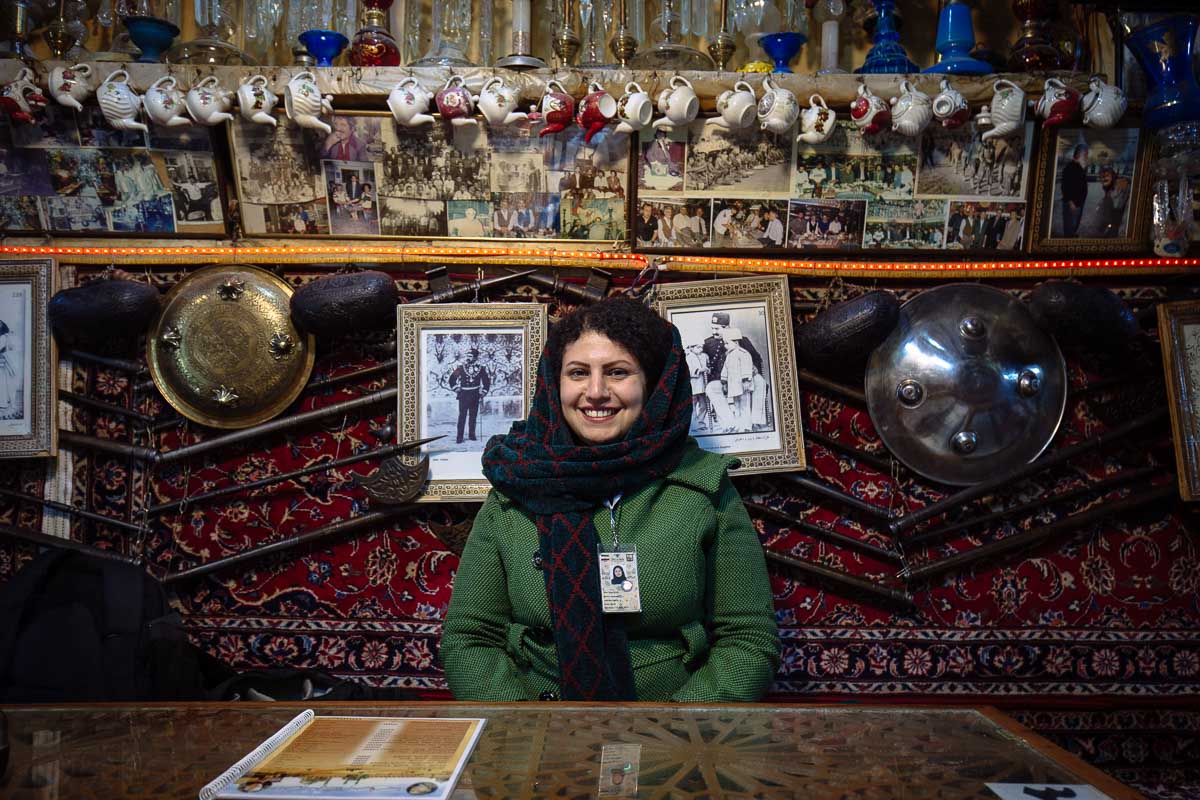
2. Make the subject effective
It is not enough to just photograph a subject, it has to impress!
2.1 Decisive moment
How many people have photographed this bridge? Must be many, but this tiny cyclist’s silhouette makes this award-winning photo stand out.

Ask yourself, how the cyclist is different from other people, who were photographed on this bridge?
The cyclist is frozen in the middle of something impressive. The trick lasts only a few seconds, and it’s frozen at an interesting phase.
The thing is – it doesn’t have to be sports or action. You can pick up an exciting phase from ordinary scenes. Look at the famous photo by Henri Cartier-Bresson, that illustrates the decisive moment. There is nothing special going on, but the phrase caught is effective.

- Capture someone walking, when their foot is just a few centimeters from the ground
- Look for gestures
- Look for street musicians, ceremonial guards, dancers
- Shoot bursts and choose the best frame
2.2 People in an interesting state
A person smiling when posing for a camera or a person beeing happy when no one can see. Do you think they would look different on a photo?

When we are among people, we tend to act in a certain way. We have a “social mask” or, as my photo tutor called it, an “interface”. Often, we don’t show how we really feel.
Your photos will stand out if you show how people really feel.
Here, I have to say that in some cultures, it is widely accepted showing emotions in public. This makes them an easy subject for a travel photo. For other, western cultures, for instance, it is not very common, so more effort is needed.
- Visit some celebrations or festivals, focus on people who are happy
- For a travel portrait, talk to your subject about something they love, love would show up on a photo
- People tend not to wear a “social mask” when they work within their personal space, for instance, craftsmen at work

2.3 Subject may not be human
I think, capturing people in an interesting state is probably the easiest (because there are so many of us), but keep an open mind. Cats, dogs, birds, all can be pictured in an interesting way.

How about trees, leaning from the wind? Or extreme weather? Or waves? Possibilities are endless.

- Go low and picture street animals
- Go shooting during the rain or snowstorm
- Capture waves, when they are at their strongest
- Capture light trails from moving cars
- If you don’t have a subject, create it yourself
The following scene looked boring at first, so I decided to throw a stone to add a little bit of dynamic
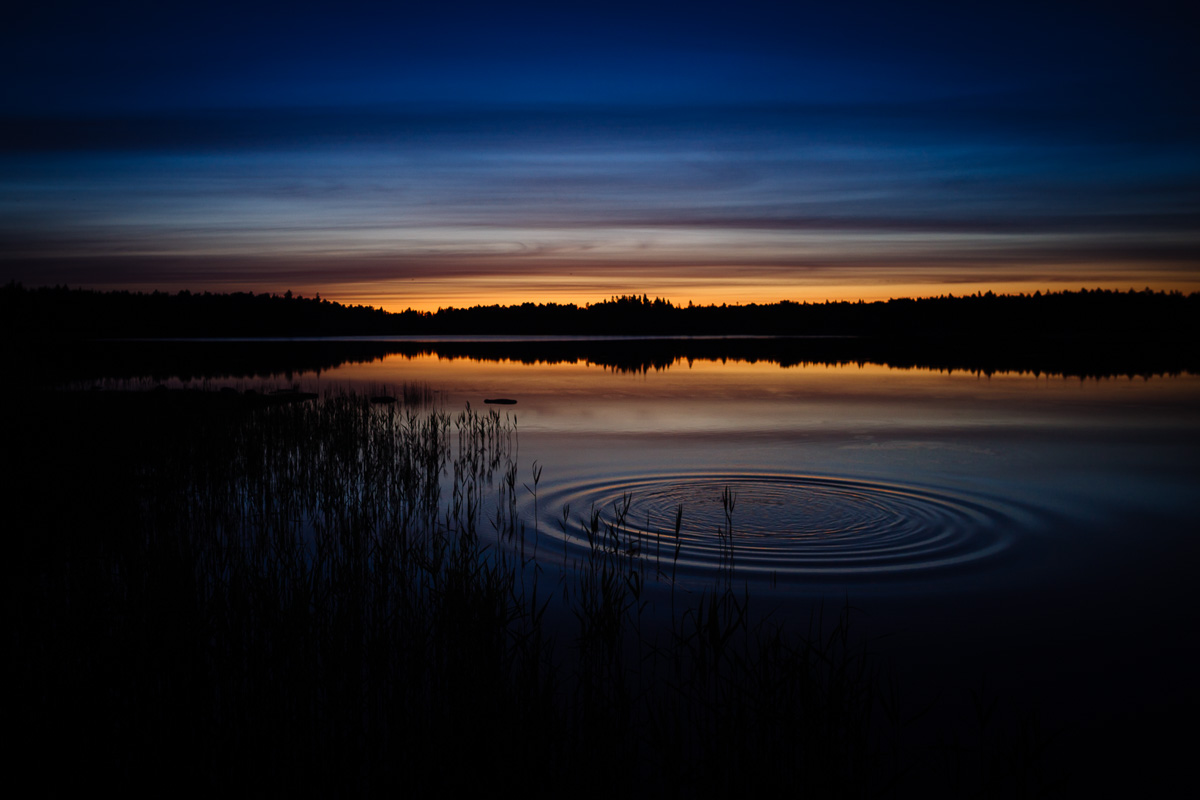
3. Subject must be well visible
Your subject can look outstanding, but it wouldn’t matter if it is not visible on the photo. For instance, if someone is dressed in black and is shot against the dark background. Would you see what they are doing?
3.1 Understand light
In travel photography, we are out of a studio. Most of the time, we work with existing light. You cannot push away the clouds or move the sun.
Remember that light has intensity, direction, and color.
Many landscape and architecture photographers shoot exclusively in the early morning or around sunset. At that time, light is soft and colorful, it is a character on its own. Often, there isn’t anything special about a photo, but sunset colors alone make it receive a lot of likes.

Harsh sunlight creates deep black shadows. It is considered to be unfriendly, but in travel photography, you often have no chose.

It is crucial to expose your subject(s) correctly. Especially when the light is intense, there is a high risk of losing details in bright areas. For this reason, I often underexpose (make the photo darker to make sure details in highlights are saved).
- Most important is to expose human skin correctly (when you recover shadows or highlights skin tones can be damaged)
- In harsh sunlight, don’t put one subject under the light and another in deep shadows (or at least try to avoid)
Behind the clouds, the sun is defused. The light in this case “wraps” the subject from all directions. It is often criticized because there are almost no shadows and landscapes look flat and grey. But this kind of light is well suited for portraits and or for single objects.

Same to the natural light, artificial light can be harsh or well defused. Lamps can be warm (yellowish) or cold (mostly white). Warm lamps often kill all the colors except yellow.
The following photo is a good example of warm and cold lights. Sometimes this difference helps to put an accent to a subject (more information in Chapter 3). But quite often, mixed light creates problems and is a reason to move a photo to black and white.

3.2 Understand accenting
Take a photo and think, where do you look first? Why? The subject you pay attention first has the highest accent. As a photographer, you have to make sure that a viewer pays attention to the things you want to.
Often on the Internet, the following techniques are shown as “general photo composition tips”. In my opinion, this is wrong. They don’t work on their own, they only help to emphasize the subject. You have to make the subject interesting in the first place!
Take a look at the following photo. Why do you pay attention to the hare first? (Contrast, Focus, Center).
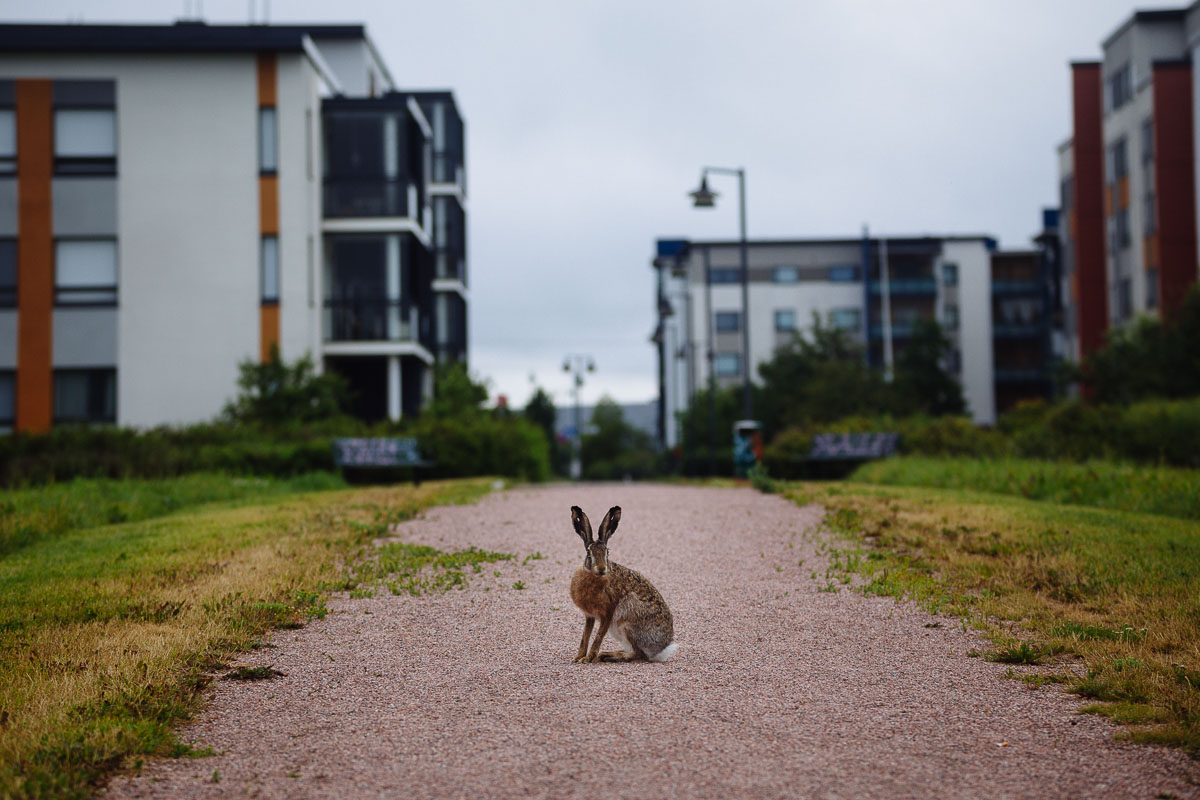
Contrast
Very easy, place a dark subject against a bright background and vise-versa.
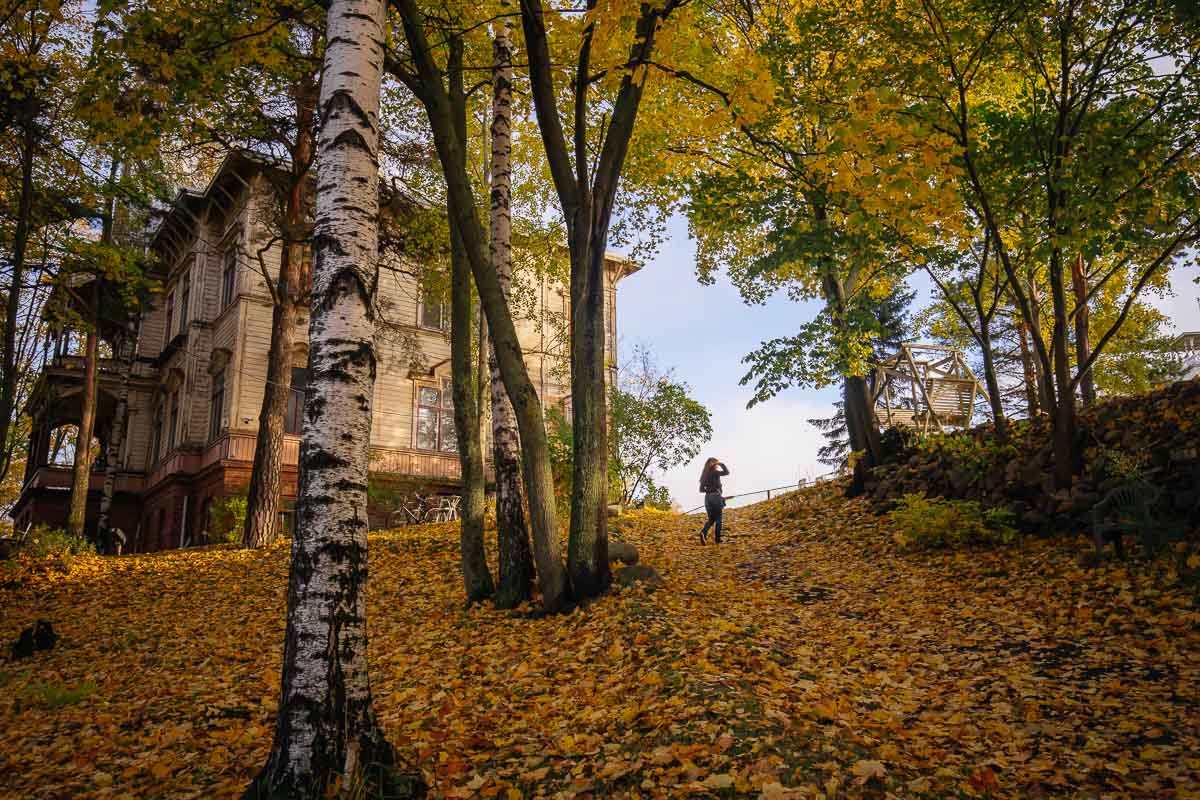
Focus
We pay attention to the subject that is in focus first.

Center
On the following photo, where do you pay attention first? People in the center? (On this image it is debatable because people on the sides are larger, so they “drag” attention from the center)

Scale
We pay attention to the subjects that are larger.
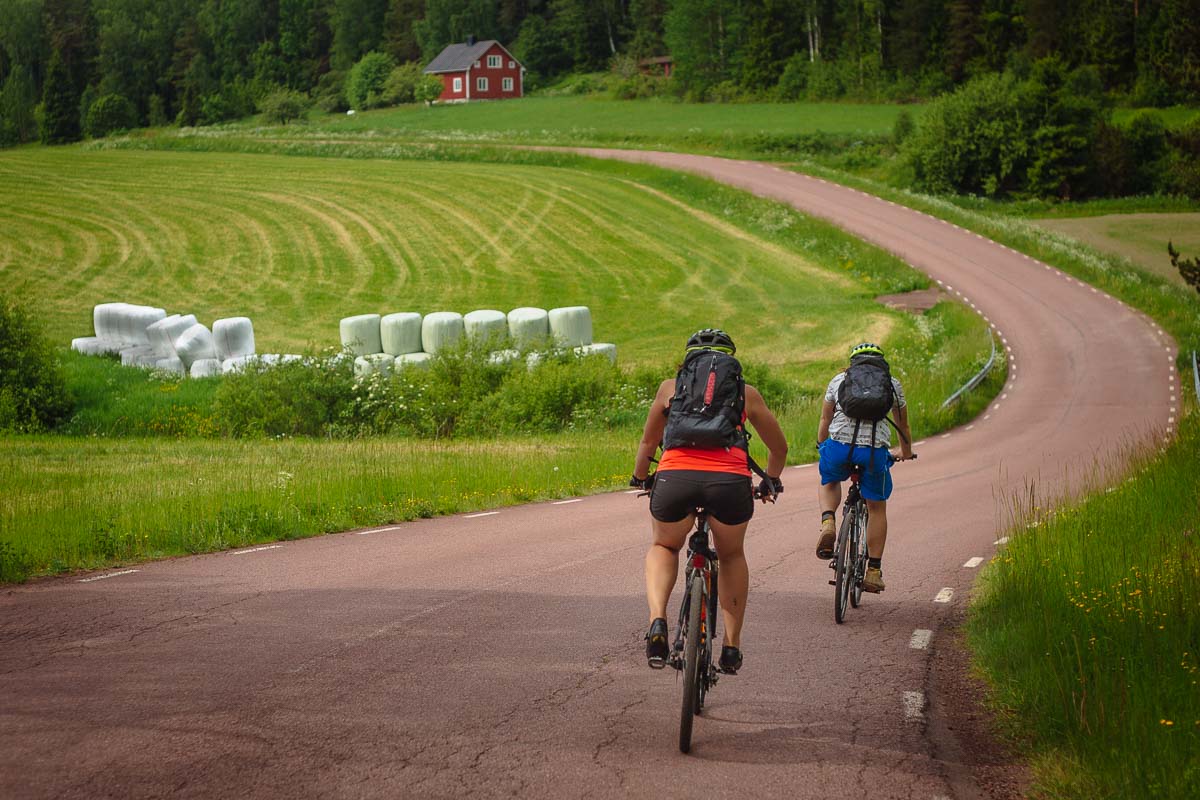
Light
We pay attention to the subject, that is highlighted.

Sub-framing
Keep in mind, that it doesn’t have to be a literal frame. Just something that surrounds subjects.

Color
We pay attention to colorful subjects.

There are more techniques, but I believe these are the most common and easy to reproduce.
3.3 Remove distractions
It is crucial to draw attention to your subject, but it is equally important to remove distractions, or at least make them less visible.
There are multiple subjects on the following photo, where do you pay attention first? I wanted to make two people and the sun well visible, there is the third person, that I don’t find that interesting, so I have darkened it.
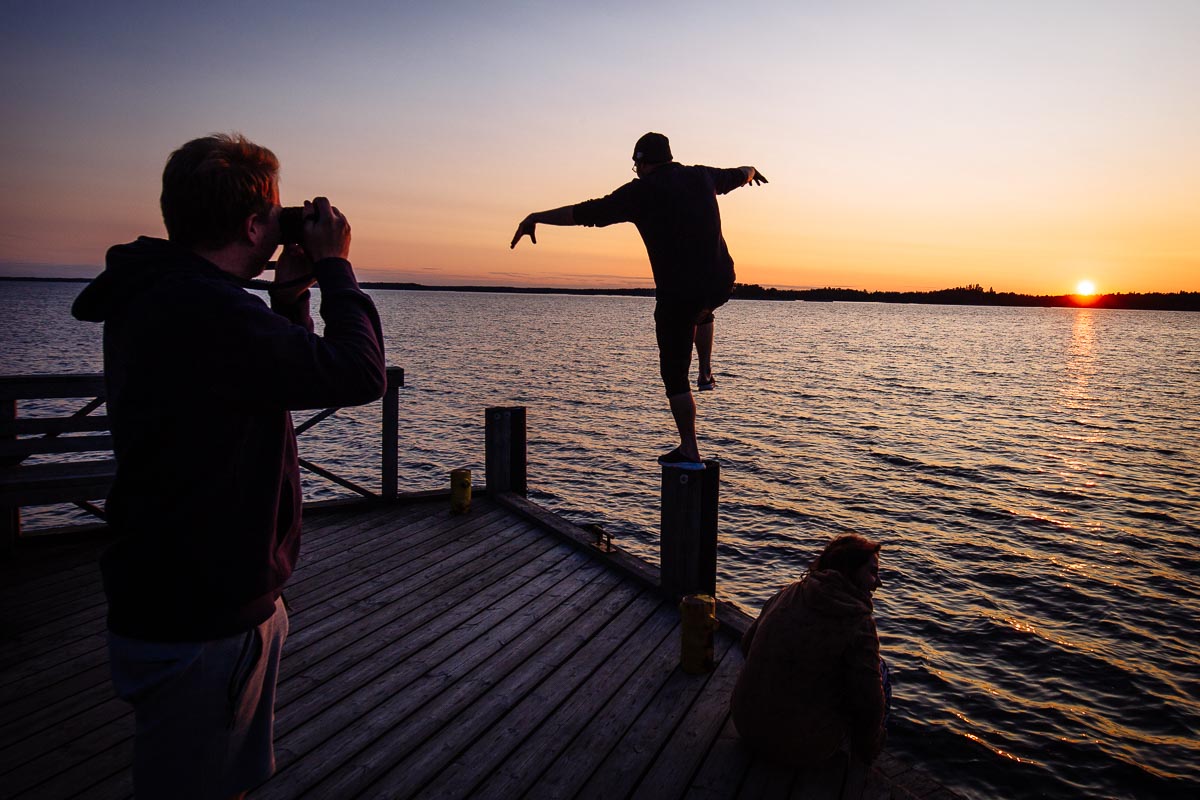
Try not to photograph distractions on the first place
- Use simple backgrounds
- If something drags attention from the main object – consider keeping it out of the frame
If you have made a shot then you can edit the distractions out.
When you edit, the easiest way is to crop an image until you have only a subject of interest left. This way, the viewer is not able to look anywhere else. It is an easy thing to do, but I think modern images should be more complex, without tight crops.
When there are several objects on a photo, you want to focus the viewer’s attention on the main ones (make the viewer look there first).
- Consider increasing the brightness on the main object and/or decreasing for secondary
- Decrease contrast of secondary objects and/or increase it for main objects
- If a secondary object is colorful – decrease saturation
Here are a couple of examples:
Example 1: Rain in Tampere
Example 2: Street art in Helsinki
Conclusion
In this tutorial for travel photography, I tried to hit all the main points. There is obviously much more to tell, but I prefer keeping it at around 2000 words. This way, it can be read in one go.
Here is the summary:
- Be unique
- Find unique ways to photograph landmarks
- Find what is left of authentic
- Incorporate travel companions
- Make subject effective
- Capture a decisive moment
- Picture people interesting state
- Keep other, non-human, subjects in mind
- Make subject well visible
- Make sure light is correct
- Use accenting techniques
- Avoid distractions
If your photo has one subitem from each title, it would be an outstanding photo.
Join my community!
I love working on Engineer on tour, but it is a time-consuming thing to make. I am always improving and trying to bring you the best from photography and travel.
Currently, my main platform is my Facebook Photo Page. I will be happy to see you among my followers’ families and engage in a friendly discussion. Let me know how I’m doing and feel free to suggest some topics to write about.
You can also find me on other social media:
FACEBOOK 2 (blog updates only) / TWITTER / INSTAGRAM / INSTAGRAM 2 (only Finland) / PINTEREST

